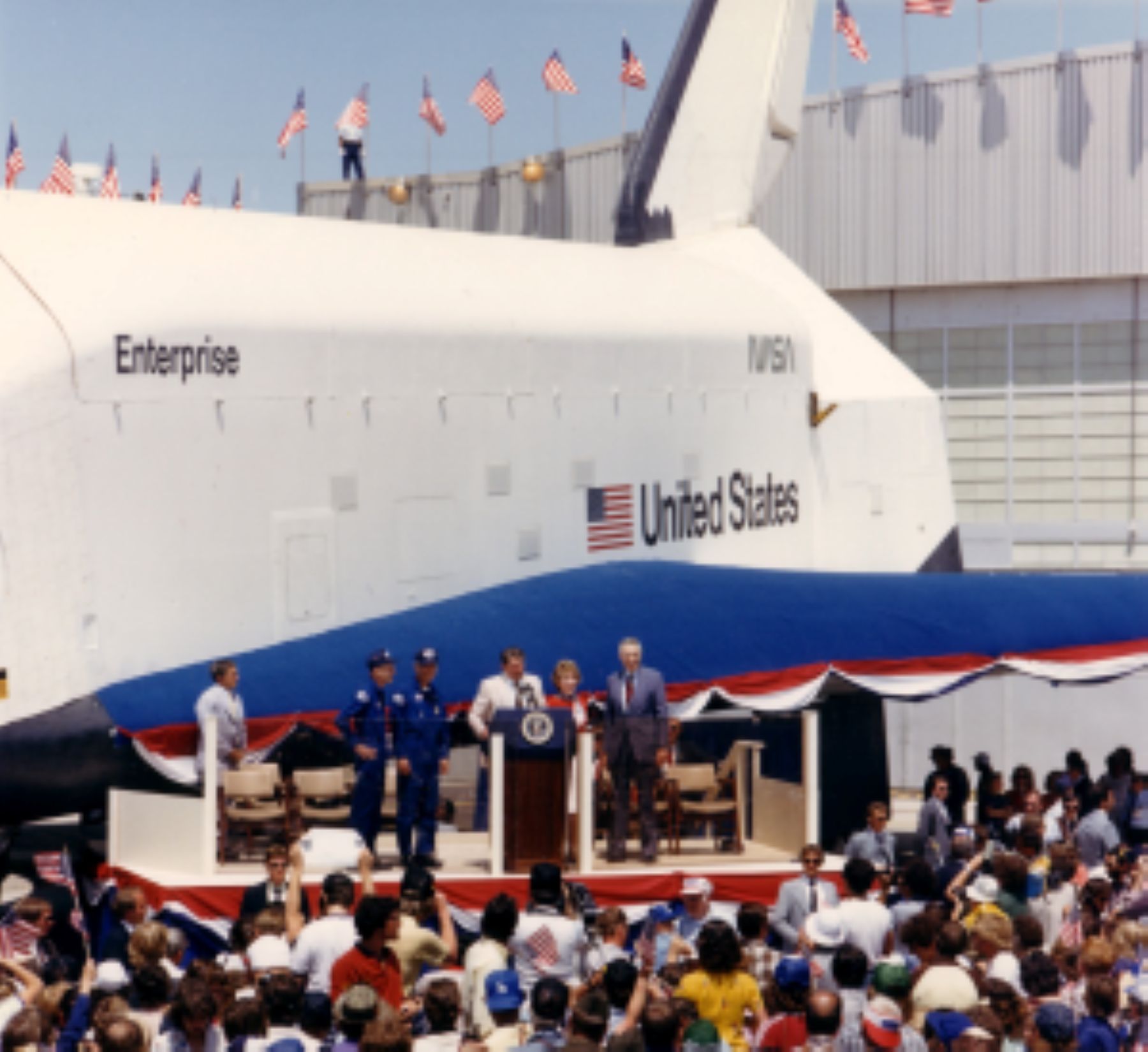NASA Selects Experimental Space Technology Concepts for Initial Study

Imagine a future in space where pellet-beam propulsion systems speed up travel to other worlds, pipelines on the Moon transport oxygen between settlements, and Martian bricks grow on their own before being assembled into homes. Researchers will delve into these ideas and more using NASA grant funding.
The NASA Innovative Advanced Concepts (NIAC) program fosters innovation by funding early-stage studies to evaluate technologies that could support future missions. The latest round of awards will provide $175,000 grants to 14 visionaries from nine states. Ten of the selected researchers are first-time NIAC recipients.
“NASA dares to make the impossible possible. That’s only achievable because of the innovators, thinkers, and doers who are helping us imagine and prepare for the future of space exploration,” said NASA Administrator Bill Nelson. “The NIAC program helps give these forward-thinking scientists and engineers the tools and support they need to spur technology that will enable future NASA missions.”
The new Phase I projects include innovative sensors and instruments, manufacturing techniques, power systems, and more.
A concept envisioned by Quinn Morley of Planet Enterprises in Gig Harbor, Washington, could investigate the chemistry of Saturn’s largest moon, Titan. Flying on Titan would be relatively easy thanks to its low gravity and thick atmosphere. Morley conceived a flying, heavily instrumented boat that would seamlessly transition between soaring through Titan’s atmosphere and sailing its lakes, much like a seaplane on Earth.
Mary Knapp from the Massachusetts Institute of Technology (MIT) in Cambridge proposed a new kind of space observatory comprised of thousands of identical small satellites. Precisely positioned in deep space, they could work together to detect radio emissions at low frequencies from the earliest epochs of the universe and measure magnetic fields of terrestrial exoplanets, helping identify planets outside the solar system that are rocky like Earth and Mars.
Since 2011, NIAC has nurtured ideas like these that sound like science fiction, but – if successful – just might be possible. The program sits within NASA’s Space Technology Mission Directorate (STMD) and explores technically credible, early-stage aerospace concepts. NIAC researchers, called fellows, form an advanced, collaborative research community. Under their NIAC awards, the fellows investigate the physics of their concepts, roadmap necessary technology development, identify potential limitations, and look for transition opportunities to bring these concepts to reality.
“These initial Phase I NIAC studies help NASA determine whether these futuristic ideas could set the stage for future space exploration capabilities and enable amazing new missions,” said Michael LaPointe, program executive for NIAC at NASA Headquarters.
All NIAC studies are in the very early stages of conceptual development and are not considered official NASA missions.
The researchers selected to receive NIAC Phase I grants in 2023, their institutions, and the titles of their proposals are:
- Edward Balaban, NASA’s Ames Research Center in California’s Silicon Valley: Fluidic Telescope: Enabling the Next Generation of Large Space Observatories
- Igor Bargatin, University of Pennsylvania in Philadelphia: Photophoretic Propulsion Enabling Mesosphere Exploration
- Theresa Benyo, NASA’s Glenn Research Center in Cleveland: Accessing Icy World Oceans Using Lattice Confinement Fusion Fast Fission
- Zachary Cordero, MIT: Bend-Forming of Large Electrostatically Actuated Space Structures
- Peter Curreri, Lunar Resources, Inc. in Houston: Lunar South Pole Oxygen Pipeline
- Artur Davoyan, University of California, Los Angeles: Pellet-Beam Propulsion for Breakthrough Space Exploration
- Ryan Gosse, University of Florida, Gainesville: New Class of Bimodal Nuclear Thermal/Electric Propulsion with a Wave Rotor Topping Cycle Enabling Fast Transit to Mars
- Congrui Jin, University of Nebraska, Lincoln: Biomineralization-Enabled Self-Growing Building Blocks for Habitat Outfitting on Mars
- Mary Knapp, MIT: Great Observatory for Long Wavelengths
- Quinn Morley, Planet Enterprises in Gig Harbor, Washington: TitanAir: Leading-Edge Liquid Collection to Enable Cutting-Edge Science
- Christopher Morrison, Ultra Safe Nuclear Corporation – Space, in Seattle: EmberCore Flashlight: Long Distance Lunar Characterization with Intense Passive X- and Gamma ray Source
- Heidi Newberg, Rensselaer Polytechnic Institute in Troy, New York: Diffractive Interfero Coronagraph Exoplanet Resolver: Detecting and Characterizing all Earth-like Exoplanets Orbiting Sun-like Stars within 10 Parsecs
- Stephen Polly, Rochester Institute of Technology in Rochester, New York: Radioisotope Thermoradiative Cell Power Generator
- Ryan Weed, Positron Dynamics in Seattle: Aerogel Core Fission Fragment Rocket Engine
NIAC is funded by STMD, which is responsible for developing the new cross-cutting technologies and capabilities needed by the agency to achieve its current and future missions.
Learn more about the NIAC program at:





